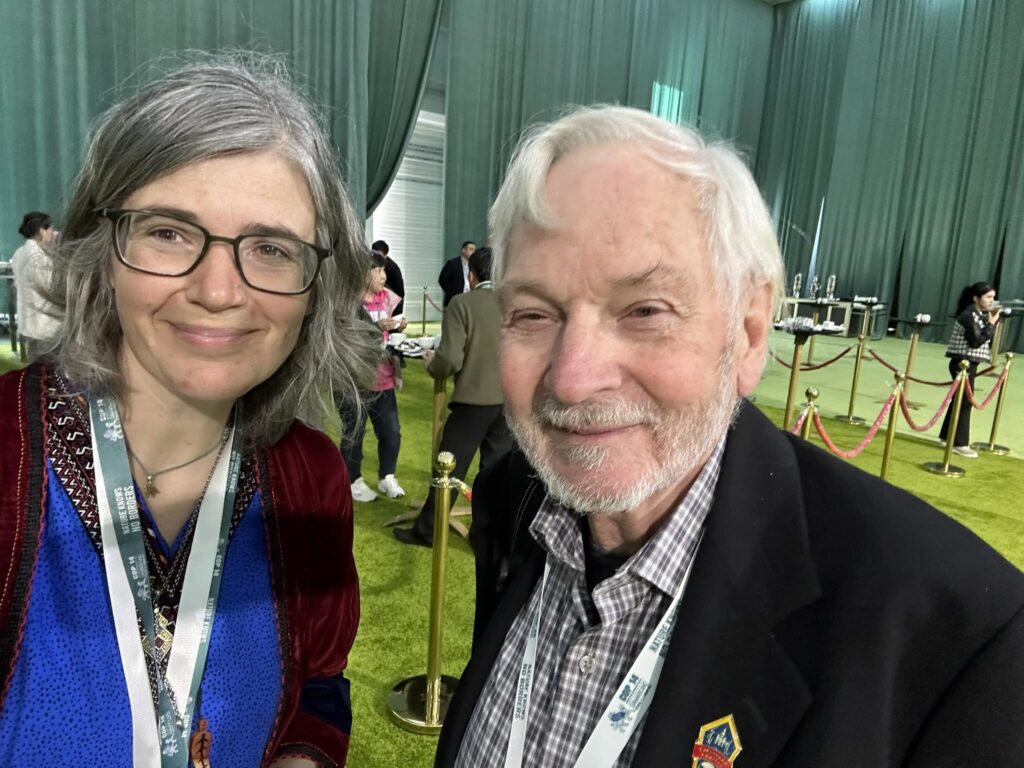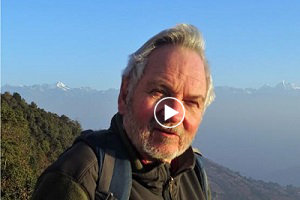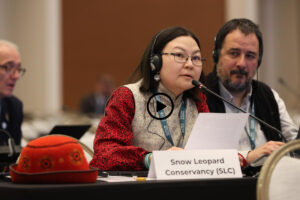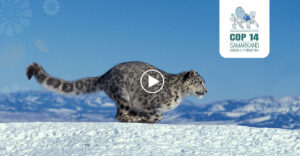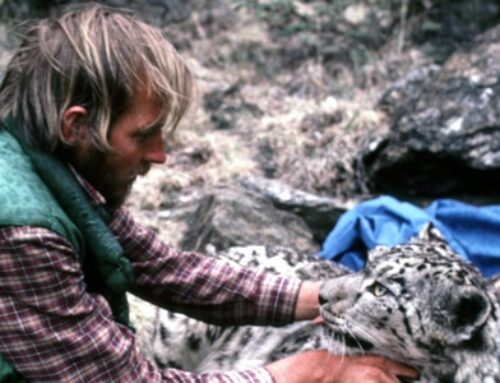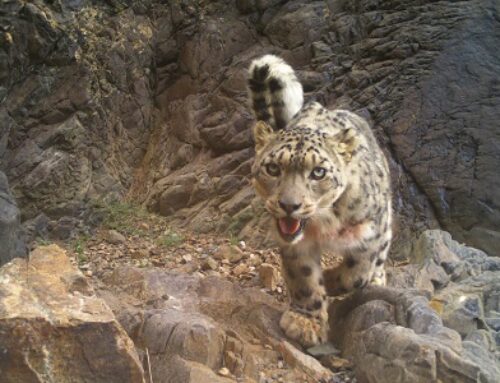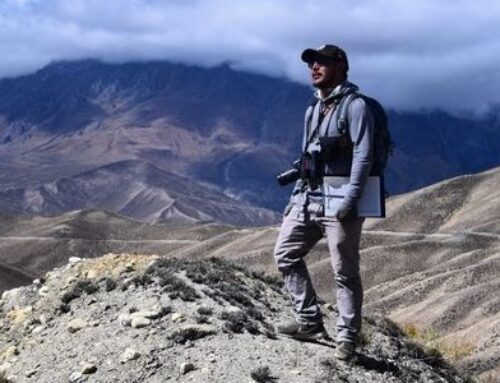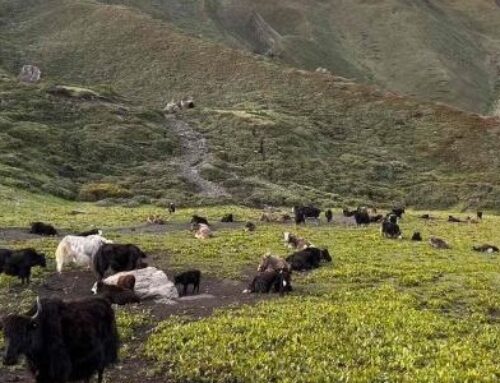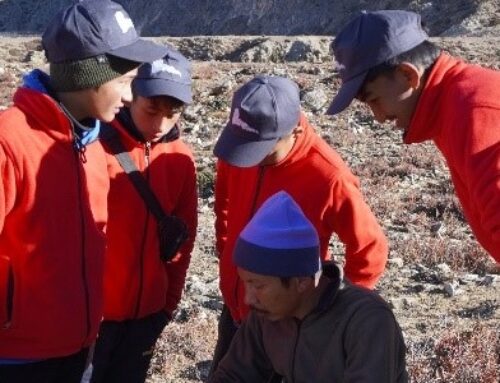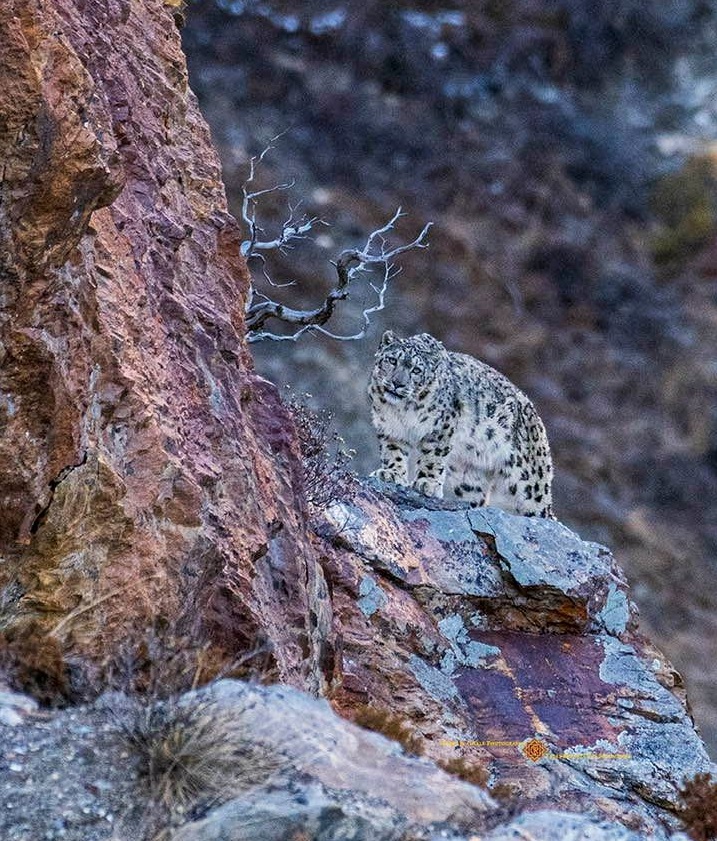
Photography by Tashi R. Ghale
Dr. Rodney Jackson & Maria Azhunova represent
Snow Leopard Conservancy & Land of Snow Leopard Network at the
CONVENTION ON THE CONSERVATION OF MIGRATORY SPECIES – COP14
Since 1986, the snow leopard, Panthera uncia, has been listed in the Conservation of Migratory Species (CMS) Appendix I, requiring strict protection of this species from range states.
As a species that requires very large home ranges, “designated protected areas . . . are often too small . . . to (provide for) the conservation of viable populations. Thus, concerted landscape-wide measures are necessary to ensure the survival of the species’ populations.” According to CMS, “up to one-third of the known snow leopard population might have a range located less than 50 – 100 km from the international borders of (its) 12 range countries. Therefore, strengthening of transboundary collaboration is particularly important for the conservation of the snow leopard.”
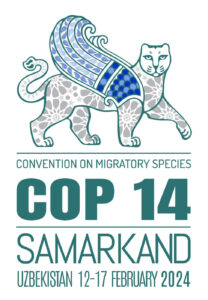
CMS is “the only global convention specializing in the conservation of migratory species, their habitats and migration routes.” It works with a number of other international organizations, and in the case of the snow leopard, the Global Snow Leopard Ecosystem Protection Program (GSLEP). Terrestrial species like the snow leopard face a variety of threats, including “habitat loss and degradation, climate change,” poaching and illegal trade, “and the presence of linear infrastructure, such as fences, highways, railways, and canals, which often act as barriers to the natural movements of wild animals.”
The 14th Meeting of the Conference of the Parties (COP 14) to the Convention on the Conservation of Migratory Species was held February 14-17, 2024, in Samarkand, Uzbekistan. Topics concerning terrestrial species, including “linear infrastructure development, the establishment of trans-frontier conservation areas, and measures to combat the illegal and unsustainable taking of species,” were discussed.
